In this era, “the worksheet” has gotten a pretty bad rap. The seemingly popular push to go “paperless” doesn’t help the cause. Are worksheets and paper inherently evil in the 21st-century classroom?
In the ed-tech realm, I sense a little hypocrisy in worksheet trash-talk. I liken it to the excuses folks make when they blame technology for “distracting students” (your students were already distracted before the iPad showed up… they’re kids… they just passed notes when you weren’t looking… or doodled in their notebooks… or ignored you… but I digress…). Maybe you’ve heard that worksheets are boring… worksheets don’t engage students… they’re “busy work”… friends shouldn’t let friends hand out worksheets… I think over-generalizations can damage any cause, and that’s why I’m here to defend the worksheet.
To defend it, we have to define it… or perhaps redefine it. I think this is key to understanding do’s and don’ts of worksheet use. In the spirit of SAMR, here’s my very simple hierarchy of the worksheet, ThingLink-style.
“Practice” – I think this level of worksheet use is the one that potentially gives all worksheets a bad name. The worksheet is not evil, but its misuse can be. Giving repetitious problems in mass quantity is bogus. This is where phrases like “skill… drill… kill…” originate. Copy these as-is, assign every problem every day? Yep, you’re the target of the trash-talk.
“Transformation” – Just because a worksheet begins its purpose as an 8.5″ by 11″ sheet of paper doesn’t mean it has to stay that way. Start small – take a worksheet of the “Practice” nature, and cut the thing up. Group students randomly, and give one problem to each group to solve and ultimately present to the class. Encourage communication, provide a menu of presentation tools (the board, a document camera, a screencast using Explain Everything or Tellagami) and you’ve just transformed a worksheet. That was easy!
Not only can paper be cut… but it can be folded too! 😉 Ever use “foldables” in your classroom? Kids love them – they’re great for organized and interactive note-taking, and students take pride in them because they’re more like a product than yet another sheet of lined paper in a notebook.
I don’t think any teacher would poo-poo hands-on learning experiences. Did you know paper can be cut, manipulated, and sorted? Can encourage rich mathematical communication? Can cause students to defend their mathematical point-of-view?
Okay, so I am getting very tongue-in-cheek here, but my point is this – mathematical communication, problem-solving and even hands-on learning can occur from paper worksheets if used correctly. I like this action research review and the cited research on physical and virtual manipulatives – they both matter (and this teacher’s students seemed to prefer physical manipulatives to virtual ones – see pages 33-34). Don’t throw the paper out just yet. Do your students a favor and transform a worksheet!
Need some ideas? Explore the ThingLink to see what bloggers are up to in the “worksheet transformation” realm.












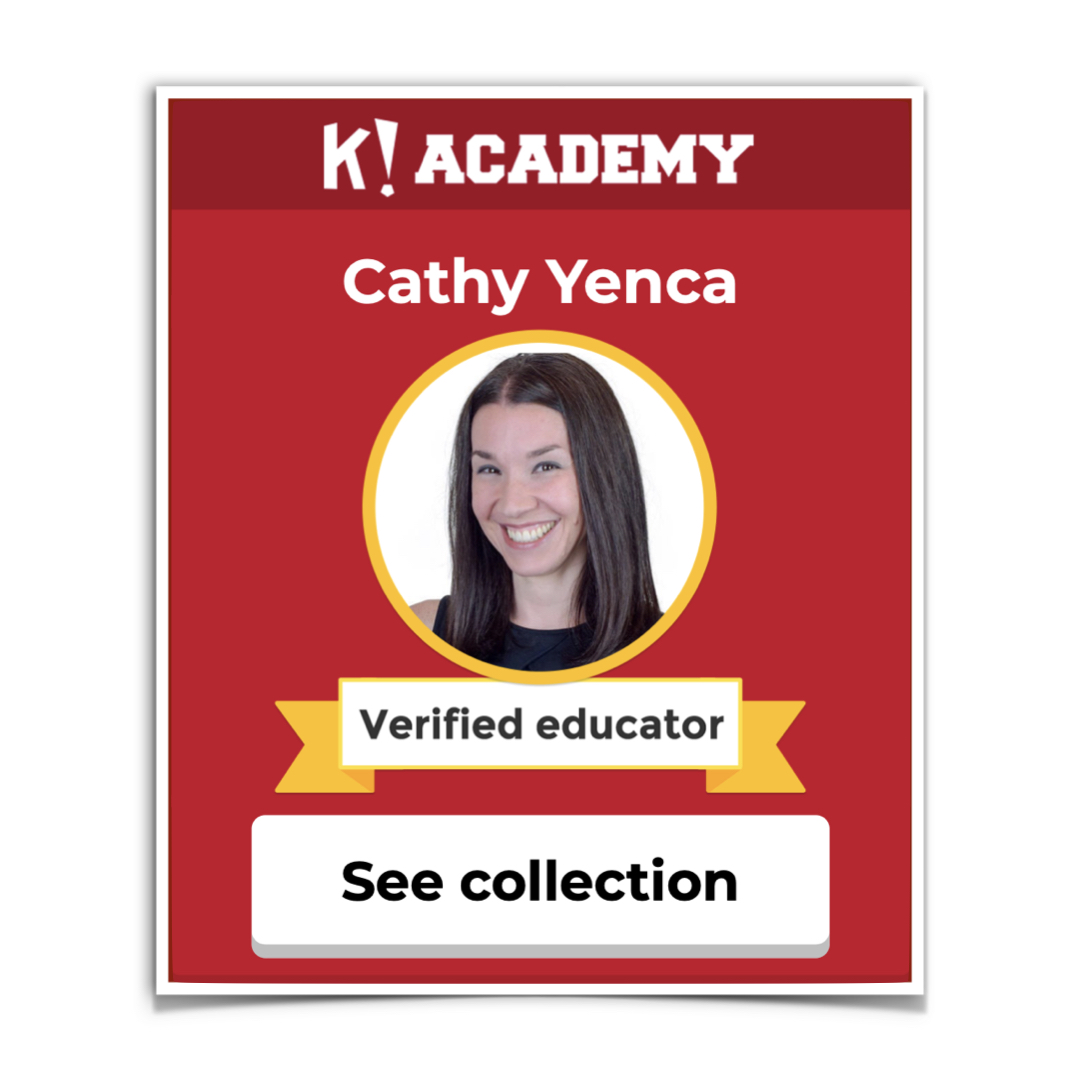
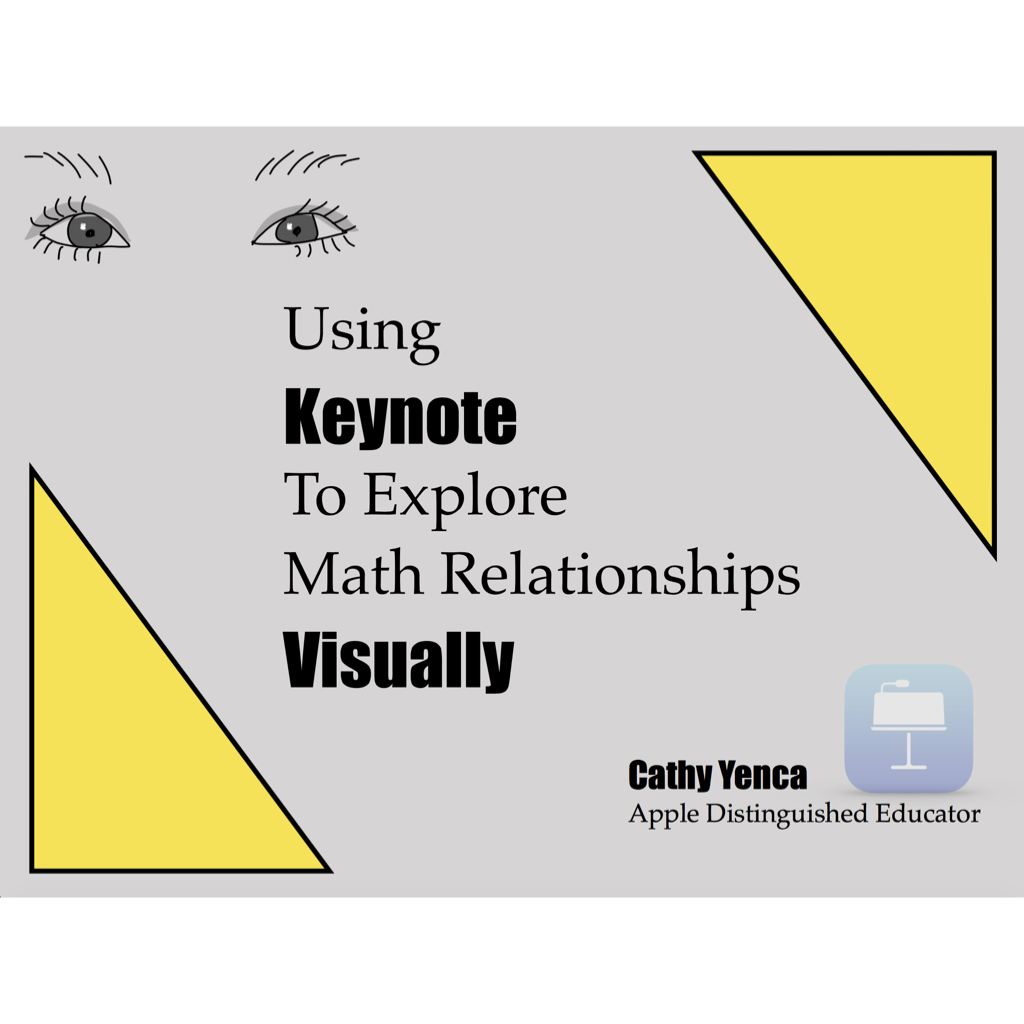
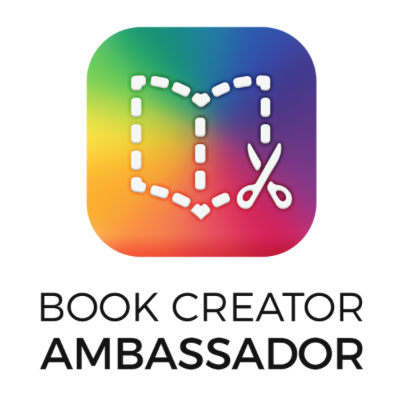
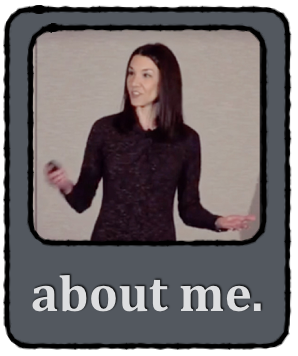
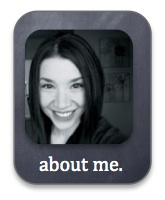
I 100% agree. I think this is far more about the use of the tool (worksheet) than the tool itself. My students love it when we do a game called 4 corners. Students are split into four teams and all start at a station around the room. students get 5 minutes at each station to answer the questions there, and then they all rotate. In the end the students will answer all the questions, on what is usually a worksheet, but will do so while collaborating and debating with peers, moving around the room, and engaging in low intensity competition. All of these greatly impact their learning and are facilitated by the way we are using the worksheet.
I have a spin on “4-Corners” as well! Half-sheets of (worksheet) paper with 4-5 problems are given to students, and four different versions are floating around the room. Students try the brief problem set individually as a warm-up or quick formative assessment mid-lesson. Each paper has a very small, almost unnoticeable clip-art on it to distinguish each set.
At my signal, students go to a specific corner of the room to meet the other students who tried the same problem set. Students compare and discuss papers, and decide whose paper is what they consider to be the group’s “answer key”. The four “answer keys” are given to me, and are shared under the document camera for further discussion.
Error analysis and reteaching ensue. Everyone is paying attention because the work belongs to peers. Thanks for sharing your version of “4-Corners”!